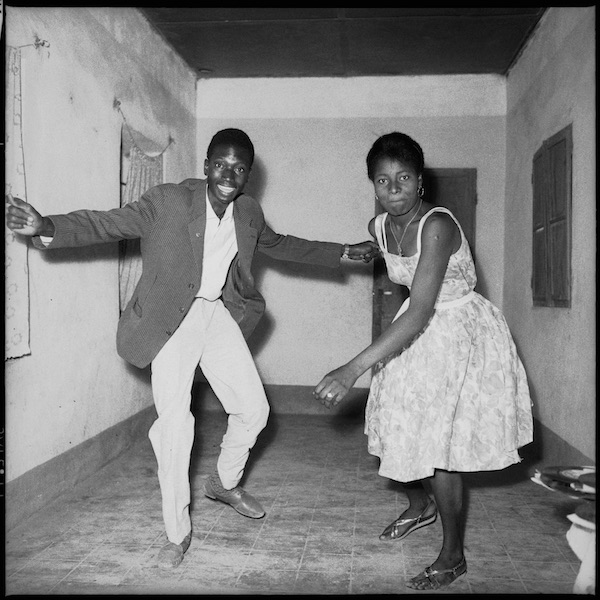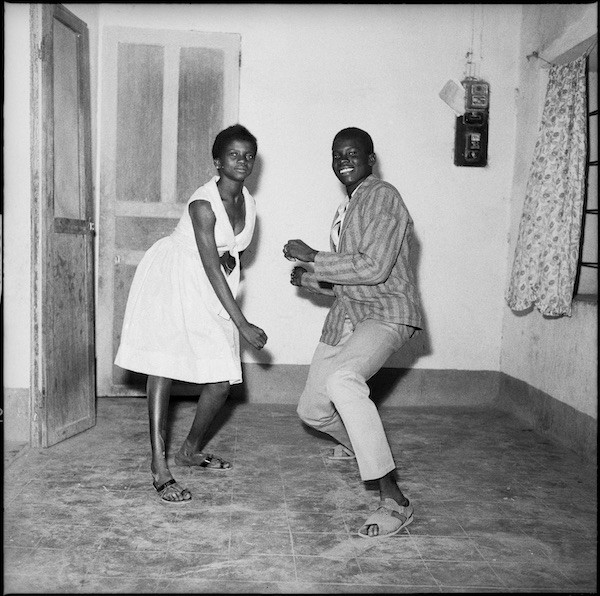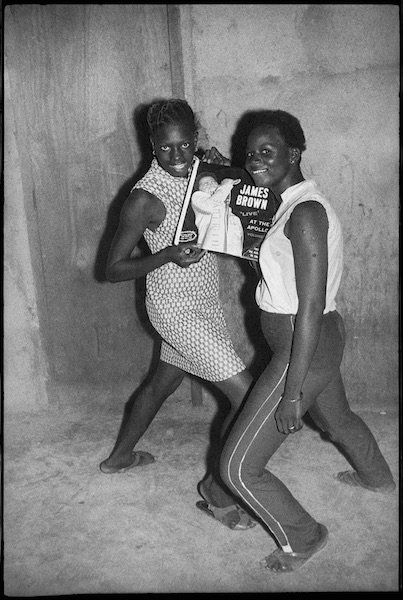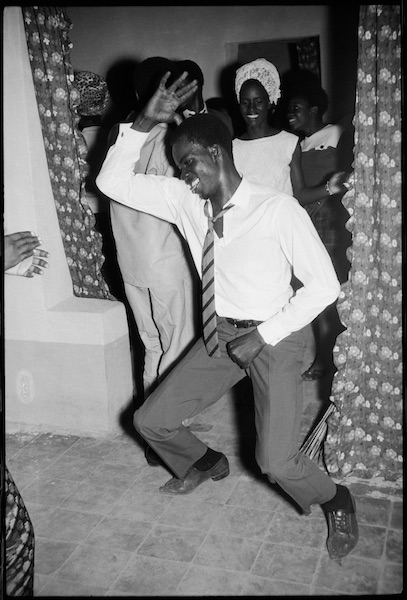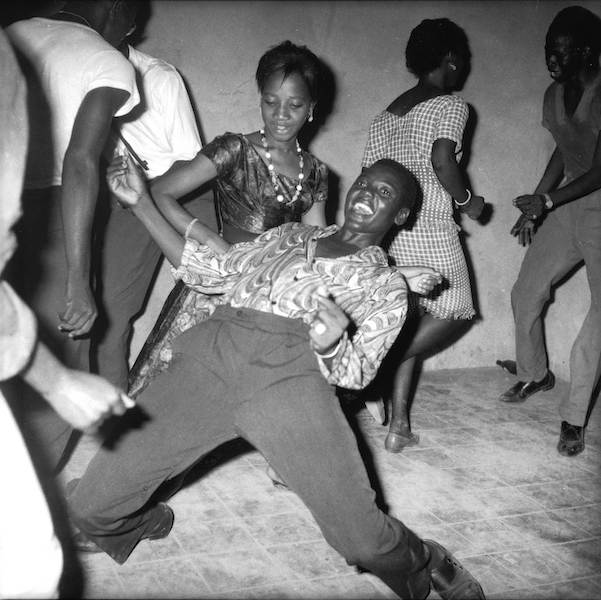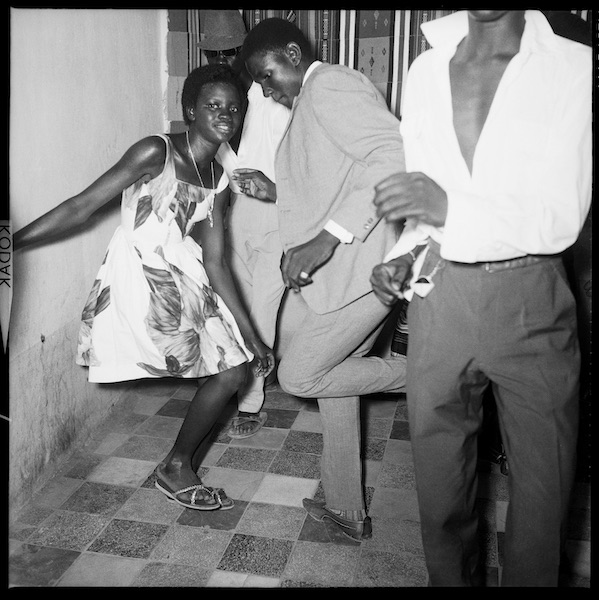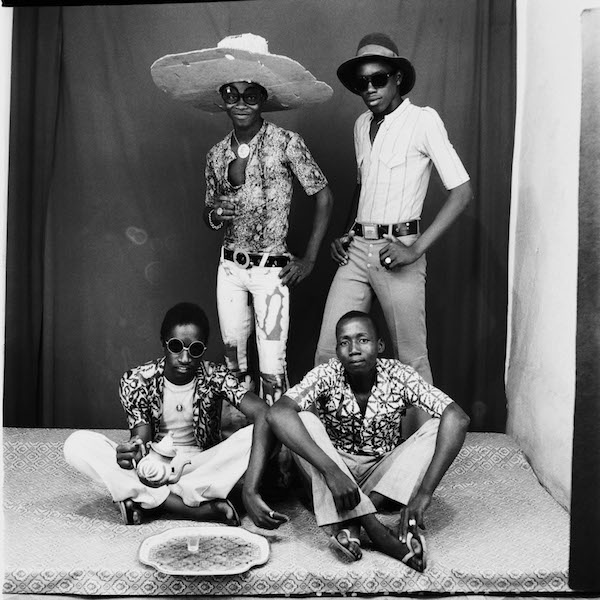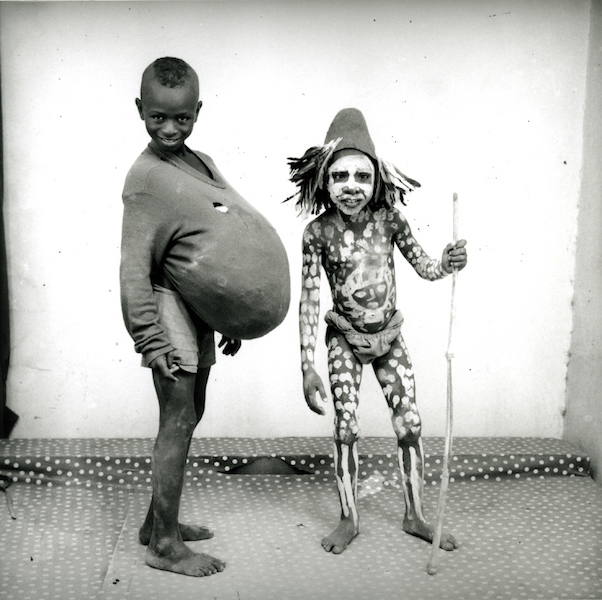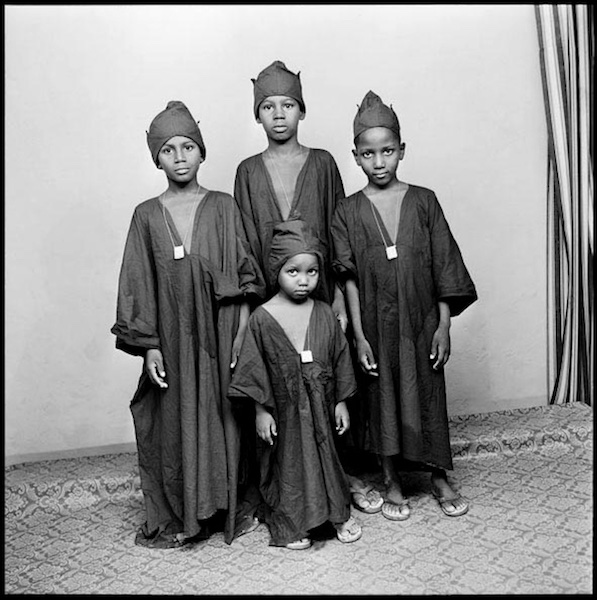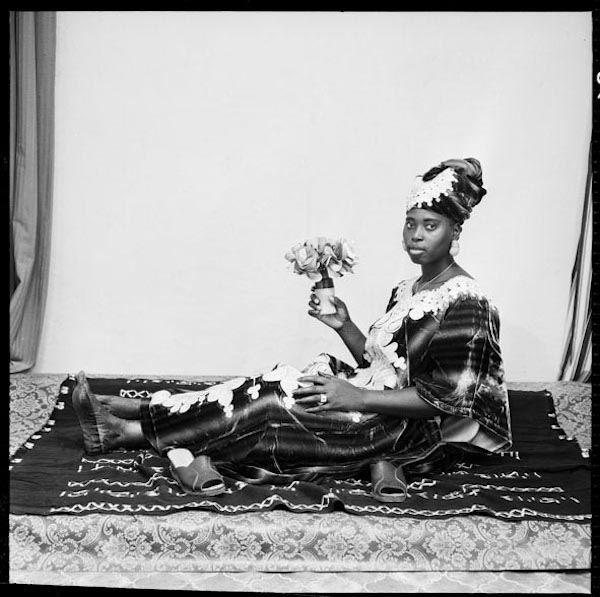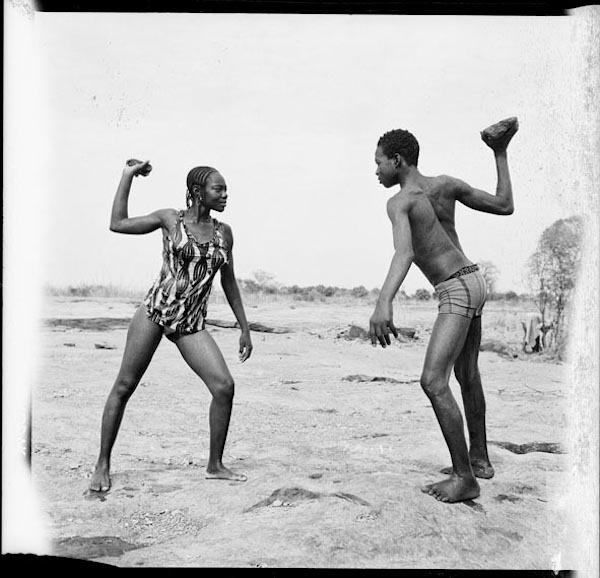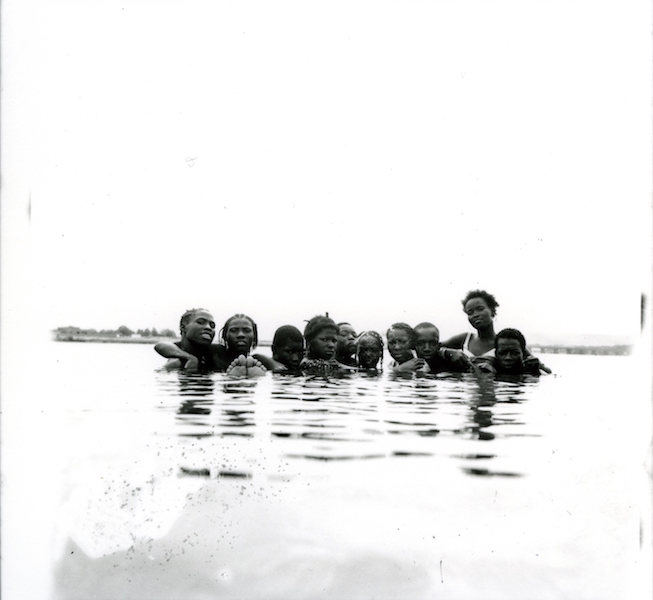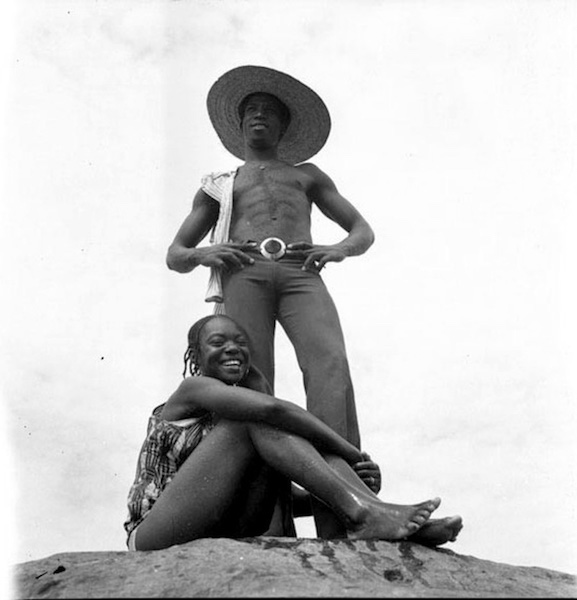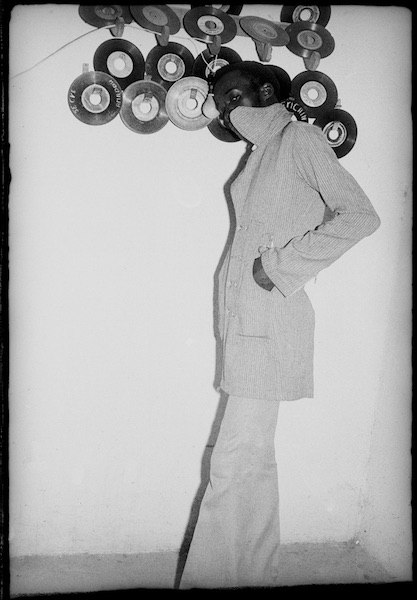
Malick Sidibé
It's Too Funky In Here
09/09/2016
05/11/2016
FIFTY ONE TOO
Opening: Thursday, September 8th 2016
FIFTY ONE TOO is honoured to present the homage show “It’s Too Funky In Here ! of the late Malian photographer Malick Sidibé (1935-2016).
An exquisite selection of images capturing young Africans dancing joyful on the rhythms of the twist, the cha cha cha and rock ‘n roll; set against a backdrop of a new area for Mali after it’s independence from France in 1960. Through Sidibé’s vibrant black & white photographs the Malian youth culture of the sixties and seventies can be revisited again, as it would be a live retrospective in time.
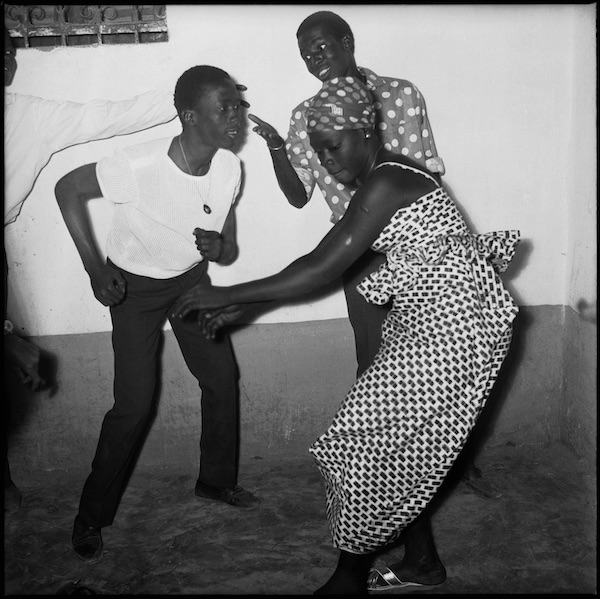
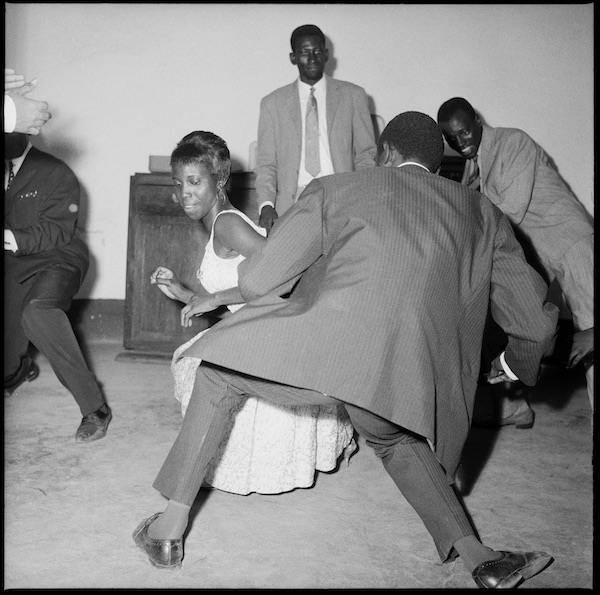
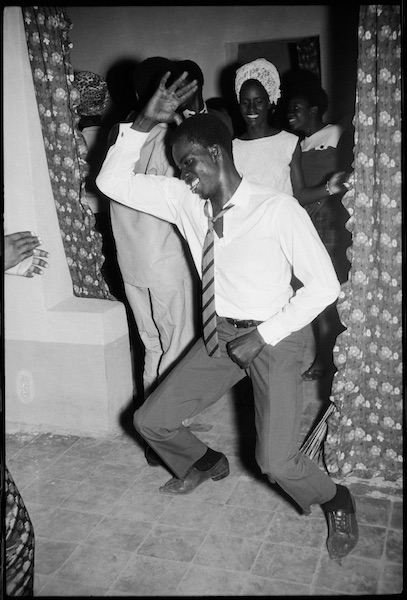
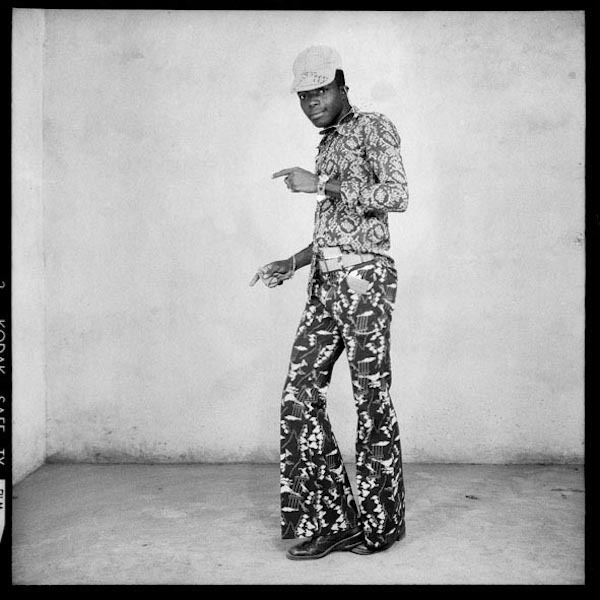
Malick Sidibé
Malick Sidibé became famous for his studio portraits and images capturing young Africans dancing joyful on the rhythms of the twist, the cha cha cha and rock ’n roll, set against a backdrop of a new area for Mali after it’s independence from France in 1960.
He was born into a farmer family in Soloba, a small village in Mali. He was the first of his family to attend school and receive formal education. As a child, his drawing talent was already noticed. In the early 1950s, Sidibé went to Bamako, the capital of Mali, with a scholarship to study at the Maison des artistans du Soudan (at that time, Mali was part of the colony of French Soudan), where he graduated in Jewelery and Design and was introduced to photography. In 1955, Sidibé started working as an intern for the French photographer Gérard Guillat-Guignard, who hired him to paint the backgrounds in his studio and to assist with calibrating equipment and making prints. Later on, he was allowed to portray the African clients of the studio. In 1956, Sidibé bought his own camera and a year later he opened ‘Studio Malick’, where he would work until his dead in 2016.
biography
Born in Soloba, Mali in 1935
Died in Bamako, Mali in 2016

"As a rule, when I was working in the studio, I did a lot of the positioning. As I have a background in drawing, I was able to set up certain positions in my portraits. I didn't want my subjects to look like mummies. I would give them positions that brought something alive in them."
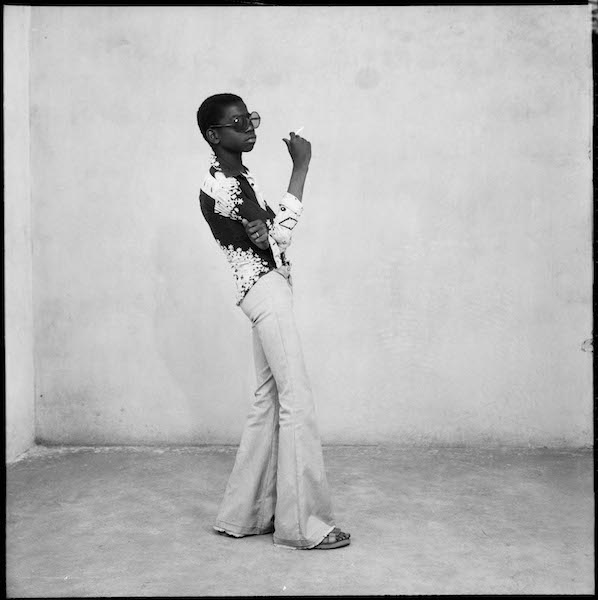
Sidibé also took his camera to the streets, where he documented the youth culture of Bamako of the 1960s and 70s. His lively snapshots of youngsters during their leisure time at sport events, swimming and picnicking on the shores of the Niger River, or dancing in Bamako’s nightclubs, bear witness to the energy and the joie de vivre of postcolonial Malian society. In the mid-1970s, Sidibé started to focus more on studio portraits. Against a background of the now iconic fabrics and a black-and-white tiled floor, and amidst props like a motorcycle and a record player, the Malians showed the best and most stylish version of theirselves to the camera.
"We were entering a new era, and people wanted to dance. Music freed us. Suddenly, young men could get close to young women, hold them in their hands. Before, it was not allowed. And everyone wanted to be photographed dancing up close."
Next to their aesthetic quality, Sidibé’s black-and-white images are also of great historical importance as they document the new identity that emerged in post-colonial Mali in an unparalleled way. By means of Rock ’n Roll music and greatly inspired by the dansmoves, the clothing styles and hairdos of idols such as James Brown, Jimi Hendrix, Aretha Franklin and the Beatles, the youth liberated themselves from the establishment and the old, primitive colonial perception of the Malian people. The urban, fashion-conscious and energetic images of Sidibé contributed to the emergence of the new African man and woman and radically changed the idea of black beauty in fashion and society.
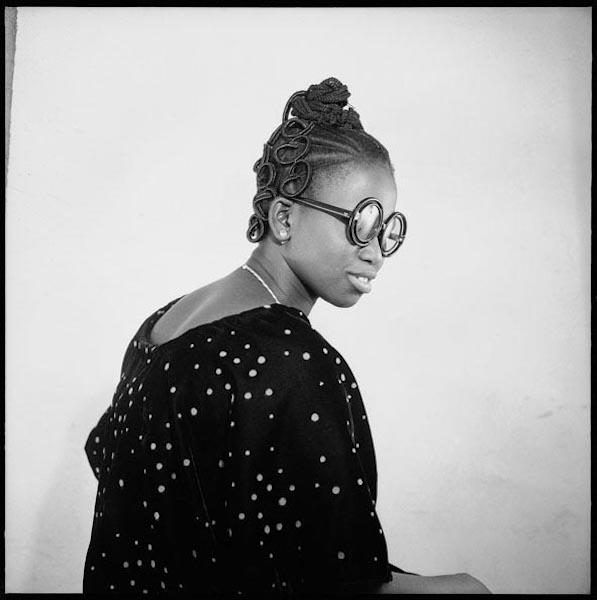
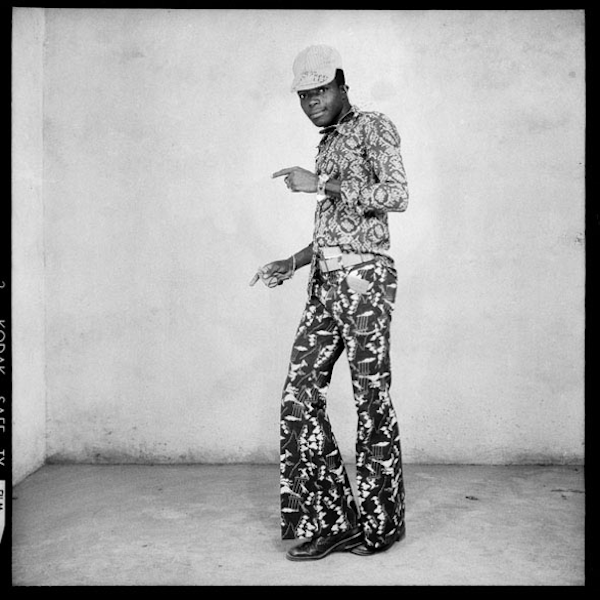
Sidibé, often described as ‘the Eye of Bamako’, only received international recognition later in his life, when his work was shown at the first meeting of African Photography in 1994. Ever since then, Sidibé’s photographs were shown in among others the Fondation Cartier in Paris, the Guggenheim in New York and Bilbao, the National Portrait Gallery and Somerset House in London. In 2003, Sidibé was the first African photographer to receive the Hasselblad Award for Photography. In 2007, he won the Golden Lion Award for Lifetime Achievement at the Venice Biennale as the first photographer and African to be awarded this honour. In 2006, a documentary film about Sidibé was made, entitled Dolce Vita Africana, filming him at work in his studio in Bamako, having a reunion with many of his friends (and former photographic subjects) from his younger days, and speaking about his work.
